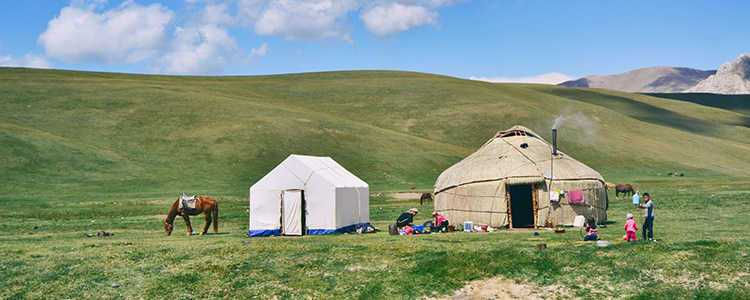Statistics and research: home bundle
Main content and contributions for statistics and research
 Summaries: home page for statistics, research and science
Summaries: home page for statistics, research and science
Summaries for research, science and statistics
What is this page about?
- Contents: information and assortment pointers related to the use of summaries for research, statistics and science on WorldSupporter
- Study areas: Research methods and Research design, Statistics and Data analysis Methods, Theory of Science and Philosophy of science per study field (e.g. business, economics, psychology, pedagogy and social sciences)
- Language: English, Dutch
- Access: Public, Exclusive
Where to go next?
- for all summaries for research: see Research, science and statistics or:
- for all summaries for research in NL: zie Samenvattingen voor statistiek, onderzoeksmethoden en SPSS
What to read below?
- Read on for the highlighted studies and pages
 Summaries: the best textbooks for research methods and research design summarized
Summaries: the best textbooks for research methods and research design summarized
Summaries of the best textbooks for research methods and research design
What is this page about?
- Contents: a selection of summaries of the best textbooks for research design and research methods
- Study areas: design, behavioral research, business research, psychology research
- Language: English
- Access: Public, Exclusive
Where to go next?
- Read on for highlighted summaries.
- Click on the topic of your interest, then use the links to go to the summaries
 Summaries: the best textbooks for statistics and data analysis methods summarized
Summaries: the best textbooks for statistics and data analysis methods summarized
Summaries of the best textbooks for statistics and data analysis methods
What is this page about?
- Contents: a selection of summaries of the best textbooks for statistics and data analysis methods
- Study areas: general statistics, business and economics, managerial statistics, psychological research, social sciences, psychometrics
- Language: English
- Access: Public, Exclusive
Where to go next?
- for all summaries for data analysis: see Statistics and Data analysis Methods
- for all summaries for statistics in NL: zie Samenvattingen voor statistiek, onderzoeksmethoden en SPSS
What to read below?
- Read on for highlighted summaries.
- Click on the topic of your interest, then use the links to go to the summaries
 Summaries: the best textbooks for theory of science and philosophy of science summarized
Summaries: the best textbooks for theory of science and philosophy of science summarized
Summaries of the best textbooks for theory of science and philosophy of science
What is this page about?
- Contents: a selection of summaries of the best textbooks for theory of science
- Study areas: critical thinking, philosophy of science
- Language: English
- Access: Public, Exclusive
Where to go next?
- for all summaries for data analysis: see Theory of Science and Philosophy of science
- for all summaries for philosophy, see Philosophy
- for all summaries for statistics in NL: zie Samenvattingen voor statistiek, onderzoeksmethoden en SPSS
What to read below?
- Read on for highlighted summaries.
- Click on the topic of your interest, then use the links to go to the summaries
 Summaries: the best scientific articles for research, science and statistics summarized
Summaries: the best scientific articles for research, science and statistics summarized
Article summaries research, science and statistics
- Type: summaries of scientific articles and academic papers
- Language: English
- Study assistance: for all summaries, practice questions, concepts and study tips with medicine and health care, see: Summaries: home page for statistics, research and science
- Access: public
Read ahead for the summaries per article
 Summaries: the best definitions, descriptions and lists of terms for science and research
Summaries: the best definitions, descriptions and lists of terms for science and research
Key terms, definitions and concepts summarized in the field of science and research
What is this page about?
- Contents: a selection of terms, definitions and concepts for science and research
- Study areas: Research methods and Research design, Statistics and Data analysis Methods, Theory of Science and Philosophy of science
- Language: English
- Access: Public
Where to go next?
- for all definitions and lists or key terms see Summaries: definitions, descriptions and lists of terms per field of study
- for all summaries for science and research: see Statistics and research
What to find below?
- Read on for the key terms and definitions summarized in the field of science and research
- Click on the term of your interest
 Statistics samples: best definitions, descriptions and lists of terms
Statistics samples: best definitions, descriptions and lists of terms
Definitions and explanations of relevant terminology generally associated with statistical samples
 Statistics: suggestions, summaries and tips for understanding statistics
Statistics: suggestions, summaries and tips for understanding statistics
Knowledge and assistance for classifying, illustrating, interpreting, demonstrating and discussing statistics.
 Statistics: suggestions, summaries and tips for applying statistics
Statistics: suggestions, summaries and tips for applying statistics
Knowledge and assistance for choosing, modeling, organizing, planning and utilizing statistics.
 Statistics: suggestions, summaries and tips for encountering Statistics
Statistics: suggestions, summaries and tips for encountering Statistics
Knowledge and assistance for discovering, identifying, recognizing, observing and defining statistics.
 Statistics: selected suggestions, summaries and tips of WorldSupporters
Statistics: selected suggestions, summaries and tips of WorldSupporters
Statistics: selected suggestions, summaries and tips of WorldSupporters
 Research: selected suggestions, summaries and tips of WorldSupporters
Research: selected suggestions, summaries and tips of WorldSupporters
Statistics: selected suggestions, summaries and tips of WorldSupporters



































































